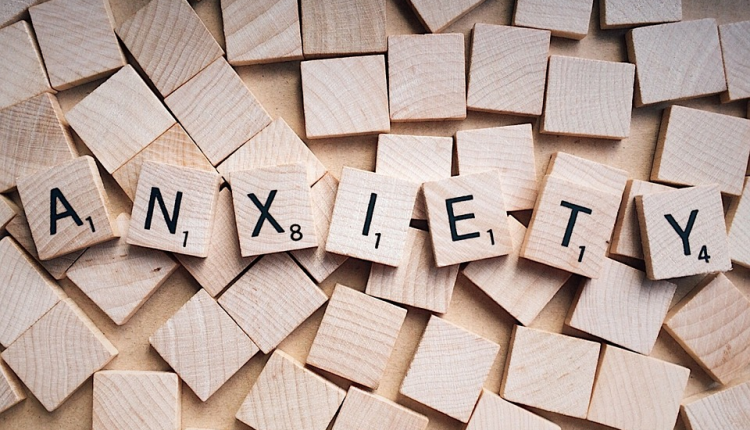Anxiety and How to Deal With It
Worrying is normal. It is part of our everyday experience as human beings, and can sometimes even be helpful. However, there are certain times when worry becomes irrational, limiting, and too much to handle. In that case, you may be suffering from anxiety.
There are several types of this disorder, ranging from social anxiety to panic disorder. Today, we will focus on generalized anxiety disorder (GAD), as it’s the most common.
What is GAD?
As its name suggests, generalized anxiety disorder involves excessive worry about many different things. It may be fear of death or a natural disaster, nervousness from taking the spotlight, care for your family members, and a lot more.
The point is that it’s not anything in particular. You will experience excessive worry about your everyday life. Of course, there may be triggers or specific things that cause negative emotions.
Common Symptoms
In GAD, common symptoms revolve around excessive worrying. Such feelings last for months and don’t get better as your situation improves. The disorder will also come with some of the following symptoms:
- Feeling restless and on edge
- Tense and sore muscles, especially in the arms and shoulders
- Difficulties with falling and staying asleep
- Over-planning and list-making, and relying on such methods
- Seeking constant reassurance
Often, people suffering from anxiety will also experience anxiety attacks and panic attacks. Those are red flags. Even without attacks present, the condition may be severe.
How to Deal with Anxiety
There are several areas for you to work on to start feeling better.
GET EDUCATED
You need to learn how to recognize the symptoms of anxiety so you’d be aware of what’s happening to you once it hits.
Especially with panic, it is easy to forget what you know and let the feelings wash over you. Learn to understand that the ‘fight or flight’ symptoms you’re experiencing are a consequence of the disorder.
Some of the symptoms include:
- Shortness of breath
- Nausea
- Increased pulse and cold sweating
- Shaking and trembling
To manage the fight or flight symptoms, you need to do two things. First, identify and solve the problem that’s causing you anxiety. Second, control the disorder so you’d be capable of doing so. There are also institutions, such as renewedfreedomcenter.com, which work on both therapy and education.
COPING MECHANISMS
If you feel that anxiety is sometimes interfering with your daily life and tasks currently at hand, there are coping mechanisms which offer quick releases from the symptoms.
IN THE MOMENT
The most common ways include deep breathing and questioning your thought patterns. You could also try writing down the thoughts that are making you anxious. Besides, light physical activity, such as walking or yoga, can be easy fixes to shake off the feeling of dread.
LONG TERM STRATEGY
When it comes to long-term coping mechanisms, they are practices that you implement in your everyday life to ease your experience. They work best combined with therapy and medication, but also as standalone fixes.
Experts suggest that you should try to avoid your triggers – things that generally cause anxiety. Moreover, physical exercise, a healthy diet, and meditation all proved themselves as great assistants.
THERAPY
Sometimes, even with coping mechanisms, regaining control isn’t easy. You may need professional help. Many psychological treatments help handle both the symptoms and the roots of your problem.
In general, anxiety therapy will teach you healthy mechanisms that help you cope with your problems.
These mechanisms range from muscle relaxation and breathing exercises to challenging your harmful thought patterns. Furthermore, you will learn how to recognize the effects of your disorder.
MEDICATION
When you visit the doctor, you could also find out that you need medication to deal with your issue. Therapists prescribe two types of medicines to those suffering from GAD.
Antidepressants in smaller doses have a positive effect on the symptoms of anxiety. They are most often combined with psychotherapy, though, as they only work as long as you take them by themselves.
Also, there are sedatives which offer a temporary release from the symptoms. You’re most likely to get these if you suffer from anxiety or panic attacks, or if you experience sleeping problems.
The Bottom Line
Anxiety is a tricky disorder, and it works differently for everyone. However, some resources can help make it much less daunting. Seek the right kind of help, and you will notice your everyday life becomes much more enjoyable.

